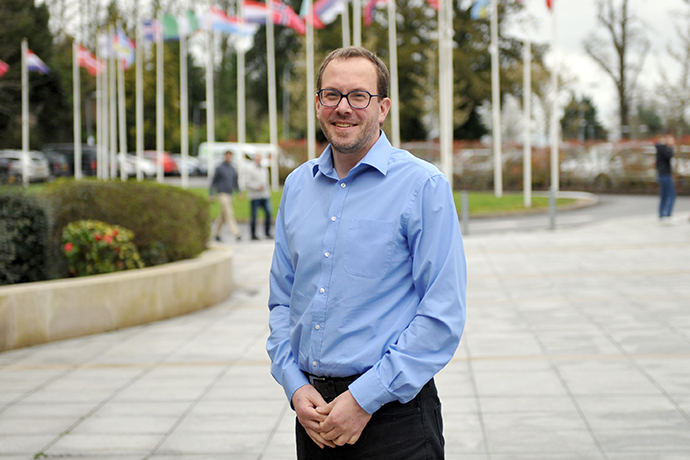

ECMWF highlights two ambitious international competitions on the occasion of World Meteorological Day on 23 March: the AI Weather Quest on sub-seasonal weather forecasts and the 2025 edition of Code for Earth to develop innovative open-source software.
The theme of World Meteorological Day 2025 is ‘Closing the Early Warning Gap Together’. It marks the halfway point of Early Warnings for All, a major initiative co-led by the World Meteorological Organization (WMO) and the United Nations Office for Disaster Risk Reduction (UNDRR).
The aim of the initiative is to ensure that everyone is protected from hazardous weather, water, or climate events through life-saving early warning systems by the end of 2027.
AI Weather Quest
ECMWF’s AI Weather Quest is an ambitious international competition designed to leverage the power of artificial intelligence (AI) and machine learning (ML) to go beyond traditional forecasting limits. It challenges participants to produce and submit sub-seasonal weather forecasts using AI/ML models.
Sub-seasonal forecasting refers to predicting weather conditions for periods ranging from two weeks to two months ahead.
Traditional numerical weather prediction models often face challenges in this timeframe due to the complex interplay of atmospheric and environmental factors. The AI Weather Quest seeks to overcome these challenges by leveraging AI/ML techniques to enhance forecast accuracy and reliability.
An introduction to the background, participation guidelines and engagement tools of AI Weather Quest was given in launch webinars on 17 March, recordings of which are available for viewing.
During the AI Weather Quest Testing Period (15 May – 13 August 2025), participants can trial forecast submissions and self-evaluate their performance in a non-competitive environment. To support this phase, ECMWF is hosting an interactive one-hour webinar on 7 May 2025 (morning and afternoon sessions), for which registrations are open:
- 09:00–10:00 UTC – register now
- 15:00–16:00 UTC – register now
Florian Pappenberger, Deputy Director-General and Director of Forecasts and Services at ECMWF, said: “As a leading institution in numerical weather prediction, ECMWF is committed to exploring how AI/ML can complement traditional forecasting methods.”

Florian Pappenberger said both the AI Weather Quest and Code for Earth could contribute to facing the threats of extreme weather.
Code for Earth
ECMWF’s Code for Earth started in 2018 and aims to drive innovation and open-source developments in the Earth sciences community. It invites external participants in Europe to contribute solutions to mentor-identified challenges in weather, climate, and the atmosphere, including in the EU’s Copernicus programme and the Destination Earth (DestinE) initiative.
Selected participants work in teams, guided by experienced mentors in Earth science, computer science or artificial intelligence and machine learning. They aim to solve real-world challenges with applied data science, computing and open-source software coding.
The 2025 Code for Earth Challenges are on GitHub. Applicants are asked to submit a proposal by 1 April. Teams for 2025 will be announced at the end of April.
Florian said: “By organising the AI Weather Quest and Code for Earth, we aim to identify pioneering solutions that can be integrated into operational forecasting, meeting the growing demands of industries and communities worldwide facing the threats posed by extreme weather.”
Complex challenges
Speaking at the WMO for World Meteorology Day on 24 March, Florian will emphasise the importance of the two initiatives.
He will say that, in recognition of the WMO's mission, ECMWF is calling on the science community to engage with the AI Weather Quest and Code for Earth.
Florian will highlight that the AI Weather Quest will bring together global talent to tackle some of meteorology’s most complex challenges – improving forecast accuracy and reliability – while Code for Earth focuses on European developers, data enthusiasts and AI/ML aficionados to create open-source software.
